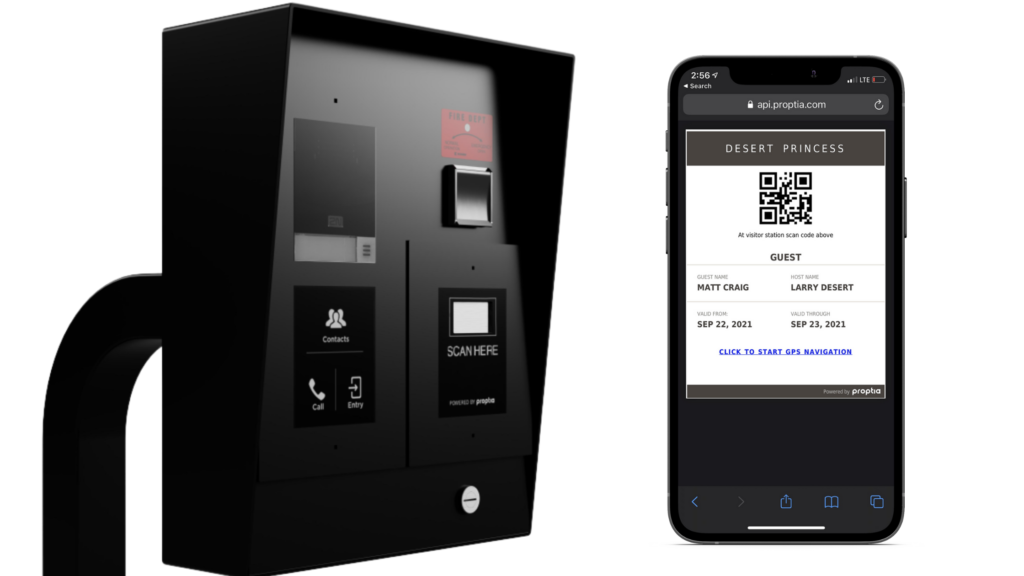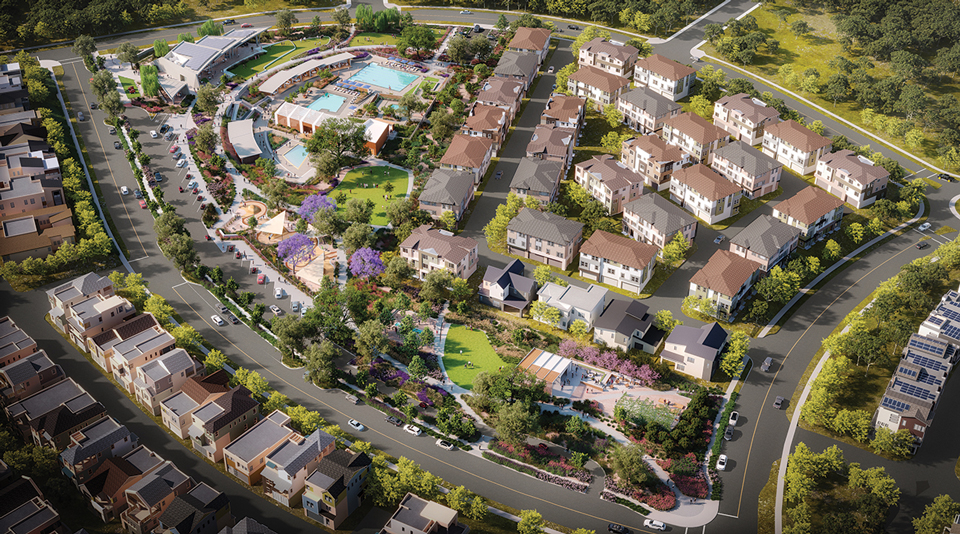Gated communities in the United States have risen in popularity in the last decades, and it’s not hard to see why. Gated residential developments offer a sense of community, security, and exclusivity that many people look for in a home. Most gated communities rely on an HOA access control system that regulates entry by limiting access into and throughout the community to a specific set of users for a specified duration or frequency. Unfortunately, while some HOA access control systems work in theory, they don’t always work in practice, primarily do to either to poor visitor access procedures, mismanagement of devices and access levels or credentials being stolen, cloned or shared.
For example, if an HOA uses only fobs for access control, all the user needs to do is steal someone’s fob for temporary access. Or, if the entire community uses a universal access code, residents and vendors can share that access code to whomever and before you know it the entire town knows the code to get into the HOA and take advantage of your amenities or worse commit a crime.
If you’re wondering how to ensure that your community is secure, here are three critical features that your HOA access control solution should have.
3 Critical Considerations for a Secure HOA Access Control System
1. Non-cloneable Mobile Credentials
When it comes to access management for your HOA, various types of credentials can be used, such as key fobs, smartphone access, proximity cards, remote controls, transponders and more. Ideally, your system should use non-cloneable credentials, which is a credential that cannot be duplicated or fabricated. Using a smartphone for a non-cloneable mobile credential, for example, eliminates the need for issuing physical access cards, so you don’t have to deal with card distribution, loaning, or loss. Someone is a lot less likely to let someone barrow their iPhone for a weekend to use your amenities than they are a fob.

2. Do Away With Universal Entry Codes
Instead of giving the visitor the full range of your property with a single universal code, make sure that your gated community access control system can manage pass types to accommodate different levels of access for visitors. For example rather then give all residents an access code of 555444 that they can then share with their guests, make it so that residents can text or email digital passes to their visitors. Digital passes can be distributed with either one-time or recurring access codes with a pre-defined duration. Such as a 1-day 1-use pass or a pass that works only on Wednesday every other week for the landscaper. Digital passes can also contain a QR code that can be scanned for speedier access.
To help you with this, you can install visitor ePass scanning kiosks that allow authorized visitors to enter unattended gates by simply scanning a QR code from their phone. This way, visitors don’t have to wait for a resident to answer their phone to let them in or a guard to open the gate. This method reduces the potential for someone with bad intentions to share an access code with unauthorized people. And better yet digital ePasses can be deactivated anytime from any location in the case of an emergency or suspected abuse.

3. Automated Activation and Deactivation of Credentials
Ideally, your community gates and security solutions must also be able to automate activation and deactivation of credentials and access levels. This way, a user with a revoked or expired credential, cannot freely roam the community. If you’ve set the mobile credential to expire in 4 hours, after the HVAC worker finishes their repairs in the fitness center, it should automatically stop-working. Or for example you issue a community landscaper a transponder that works for the annual contract. 365 days later when their contract expires all vendor transponders will deactivate without you having to go in an manually revoke access. A kin to this is automatic move-in and move-out. Set resident’s move-in dates and their credentials activate at 12:00am the day of their move-in date, contrary to that you can set homeowners and tenants move-out date or lease-end date and the system should automatically remove their access levels and deactivate their credentials. That way you don’t have residents with access to your community that moved out months ago!

These are just some of the features to consider, along with a cloud-based visitor management system, to have a secure HOA access control solution. If you’re facing an HOA access control challenge, book a demo with us, and we’ll discuss the other features you’ll need to implement.
Are you a property manager or HOA board member looking to upgrade your current access management system? You can’t go wrong with Proptia. Learn more about its features by booking a demo with a Solutions Consultant today!

